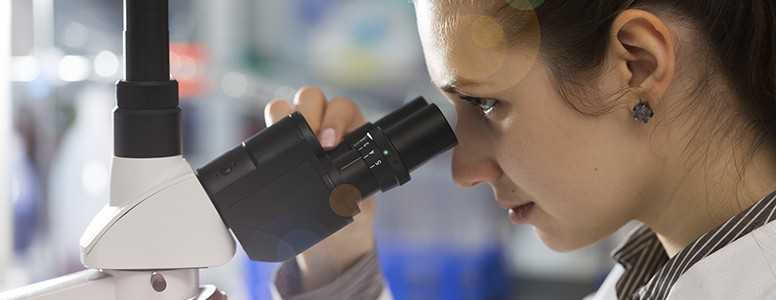The insulin and GLP-1 combination drug, Xultophy, was associated with lower rates of hypoglycemia compared with basal insulin in two trials involving people with type 2 diabetes.
Xultophy, also known as iDegLira, is made by Novo Nordisk. The drug is a combination of insulin degludec (a basal insulin) and liraglutide (a GLP-1 receptor agonist). When marketed separately, insulin degludec is known as Tresiba and liraglutide is commonly known as Victoza.
The study tested Xultophy against two types of basal insulin: insulin degludec manufactured by Novo Nordisk and insulin glargine manufactured by Sanofi.
One trial involved 834 participants that were randomly assigned to either Xultophy or insulin degludec. The other trial involved 5,557 participants randomised to receive either Xultophy or insulin glargine. Both trials had a duration of treatment of half a year (26 weeks).
The researchers analysed the rates of two different definitions of hypoglycemia. One definition was any result of 3.1 mmol/l or under with or without symptoms or if the person was too low to be able to treat their own hypo. The other definition was any symptoms of a hypo confirmed with a result of 3.9 mmol/l or under.
The analysis showed that participants on Xultophy experienced lower rates of hypoglycemia, across both definitions, compared with both insulin degludec and insulin glargine. The lower rates of hypoglycemia associated with Xultophy included lower rates of nocturnal hypoglycemia.
Additionally, participants on Xultophy were more likely to achieve HbA1c results of below 6.5% without issues of hypoglycemia or weight gain.
The researchers concluded in the study: “Therefore, a broad variety of patients with type 2 diabetes might expect to reach their treatment targets with low hypoglycemia rates during treatment with iDegLira.”
The study appears published online ahead of print in the Diabetes, Obesity and Metabolism journal.
What's new on the forum? ⭐️
Get our free newsletters
Stay up to date with the latest news, research and breakthroughs.





